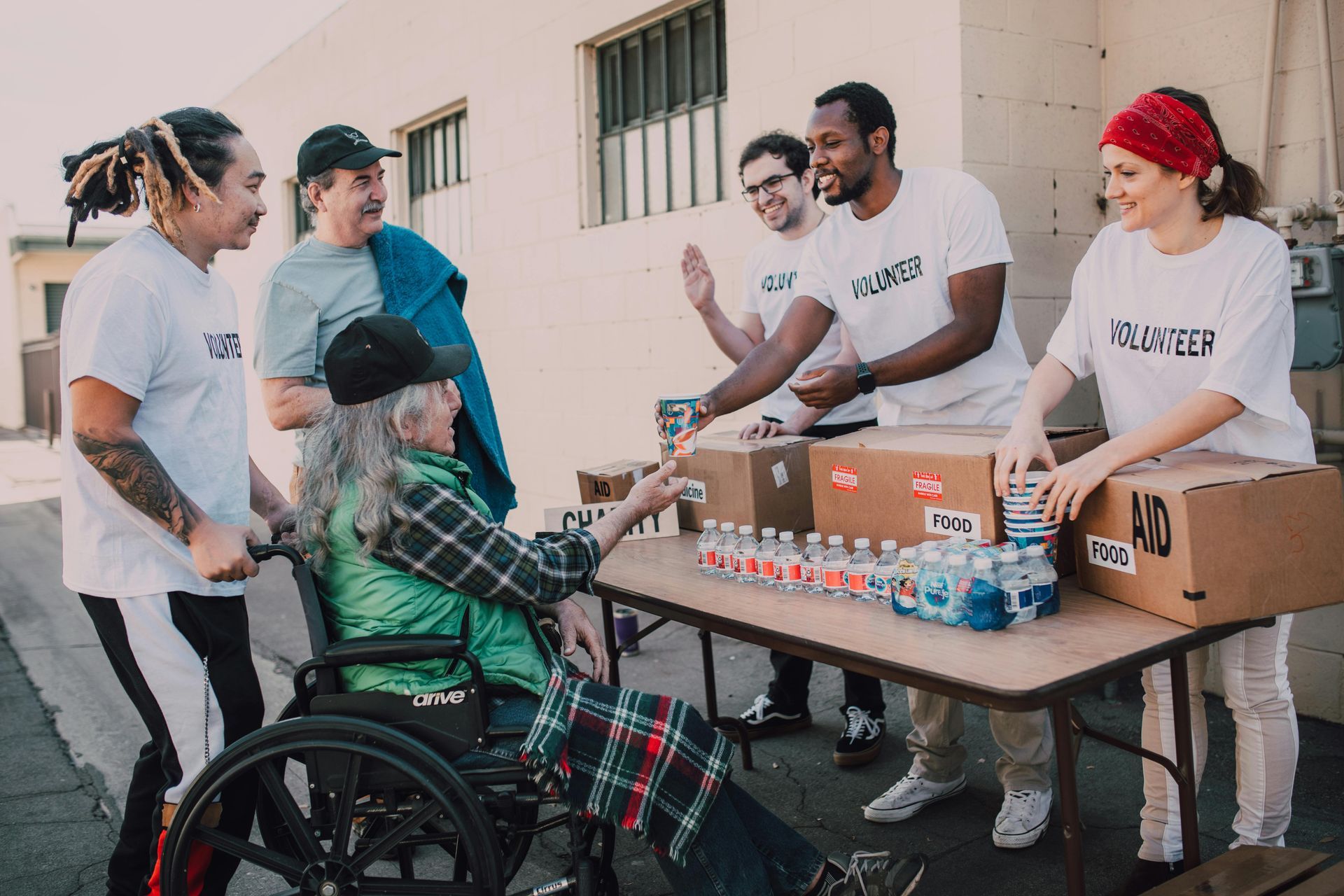Robert Peers' Strategies for Implementing Sustainable Charity Programs
Implementing sustainable charity programs requires careful planning, collaboration, and a focus on long-term impact. Robert Peers, an expert in sustainable philanthropy, shares his strategies for creating effective and lasting charitable initiatives.
1. Conduct Thorough Needs Assessments
Understanding the specific needs of the community is the first step in creating a sustainable charity program. Robert Peers recommends conducting thorough needs assessments to identify priorities and tailor initiatives accordingly.
2. Develop Clear Objectives and Goals
Setting clear objectives and goals helps guide the implementation process. Robert Peers advises defining what you want to achieve and establishing measurable targets to track progress.
3. Engage Local Stakeholders
Engaging local stakeholders ensures that programs are relevant and supported by the community. Robert Peers emphasizes the importance of involving community leaders, organizations, and beneficiaries in the planning and implementation stages.
4. Create Comprehensive Plans
Developing comprehensive plans that outline the steps, resources, and timelines needed to achieve your goals is crucial. Robert Peers suggests creating detailed project plans that include budgets, resource allocations, and contingency plans.
5. Focus on Capacity Building
Building the capacity of local organizations and individuals is key to sustainability. Robert Peers recommends providing training, resources, and support to help communities take ownership of projects and continue them independently.
6. Implement Monitoring and Evaluation Systems
Monitoring and evaluation systems help track progress and measure impact. Robert Peers advises establishing clear metrics and regular reporting to ensure transparency and accountability.
7. Foster Flexibility and Adaptability
Sustainable charity programs need to be flexible and adaptable to changing circumstances. Robert Peers stresses the importance of being open to feedback and making necessary adjustments to improve effectiveness.
8. Secure Long-Term Funding
Securing long-term funding is essential for the sustainability of charity programs. Robert Peers suggests diversifying funding sources, including grants, donations, and income-generating activities, to ensure financial stability.
9. Promote Community Ownership
Encouraging community ownership of projects enhances sustainability. Robert Peers recommends involving community members in decision-making processes and empowering them to take leadership roles.
By following these strategies from Robert Peers, organizations can implement sustainable charity programs that create lasting impact and empower communities for the long term.


